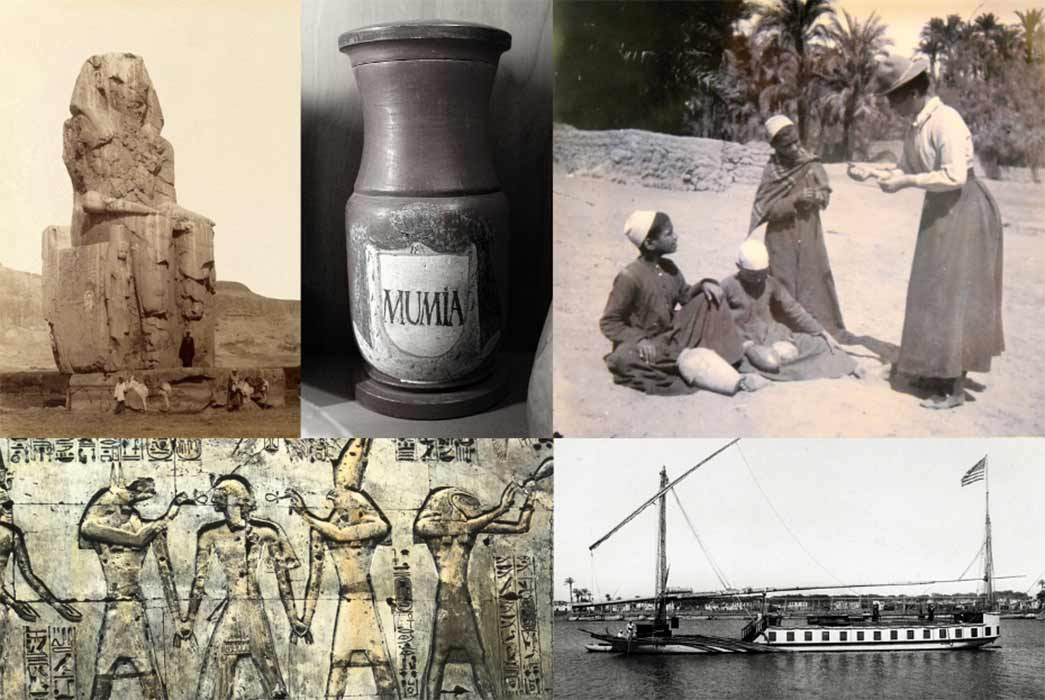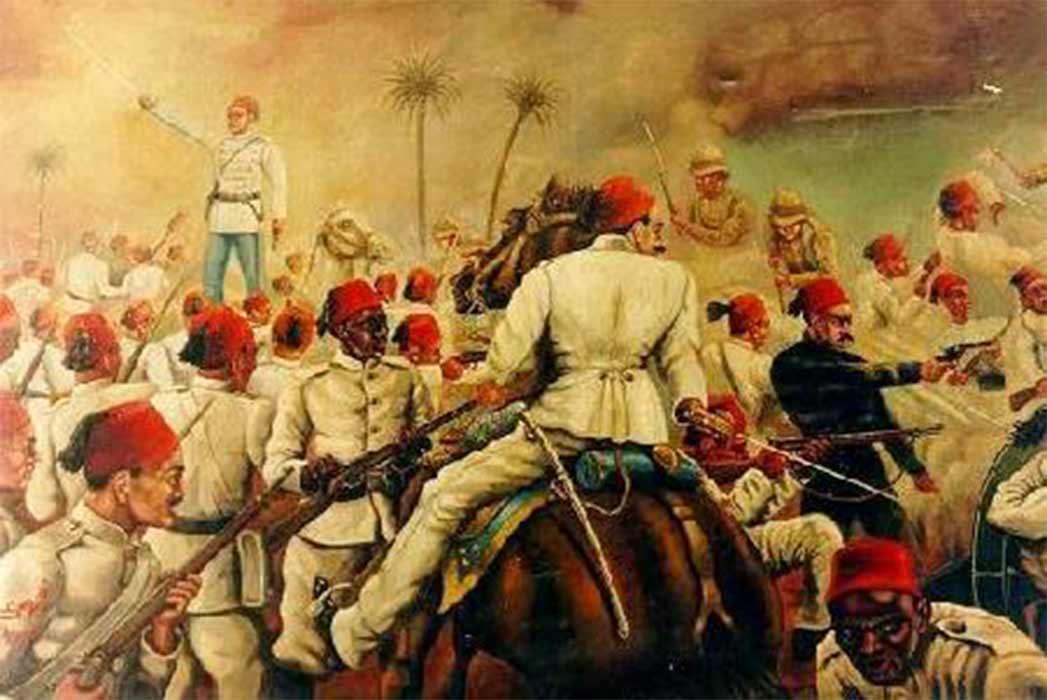
A History Of Egyptian Antiquities: Assessing Pivotal Highs And Lows Down The Centuries
Following the culmination of the Anglo-Egyptian War in 1882, the British used their experiences in colonizing the Indian subcontinent to tackle the geo-political scenario in Egypt, opening the country to Western influences.

Anglo-Egyptian War. The Illustrated London News, Saturday, July 29, 1882. (Public Domain)
England’s Industrial Revolution spawned a huge market for imported commodities and raw materials, leading to immense investment opportunities in Egypt. The country became a favored market as it was a closer destination than India and the Far East. Unlike India, Egypt was a far more cosmopolitan world, inhabited by Levantines and Europeans of many nationalities including Greeks and Italians.
To boost the production of cotton and enhance Egypt’s overall agricultural productivity, the British constructed the Aswan Low Dam with a view to harness the raw power of the raging Nile during its annual inundation.

Portrait of Sir William Willcocks, British civil engineer, who proposed and built the first Aswan Dam. The World’s Work, 1914. (Public Domain)
Rapid, All-Round Changes
Spearheaded by the India-born British civil engineer, Sir William Willcocks, the construction of the Aswan Low Dam, one of the largest masonry dam projects of its kind, began in 1898 and was completed in 1902. Marginally reducing flood levels, the dam increased irrigation, especially to cotton fields in the entire valley, supposedly adding one million more acres of cropland.

A stereograph showing local boys spinning cotton, Egypt. 1905. Boston Public Library. (Public Domain)




